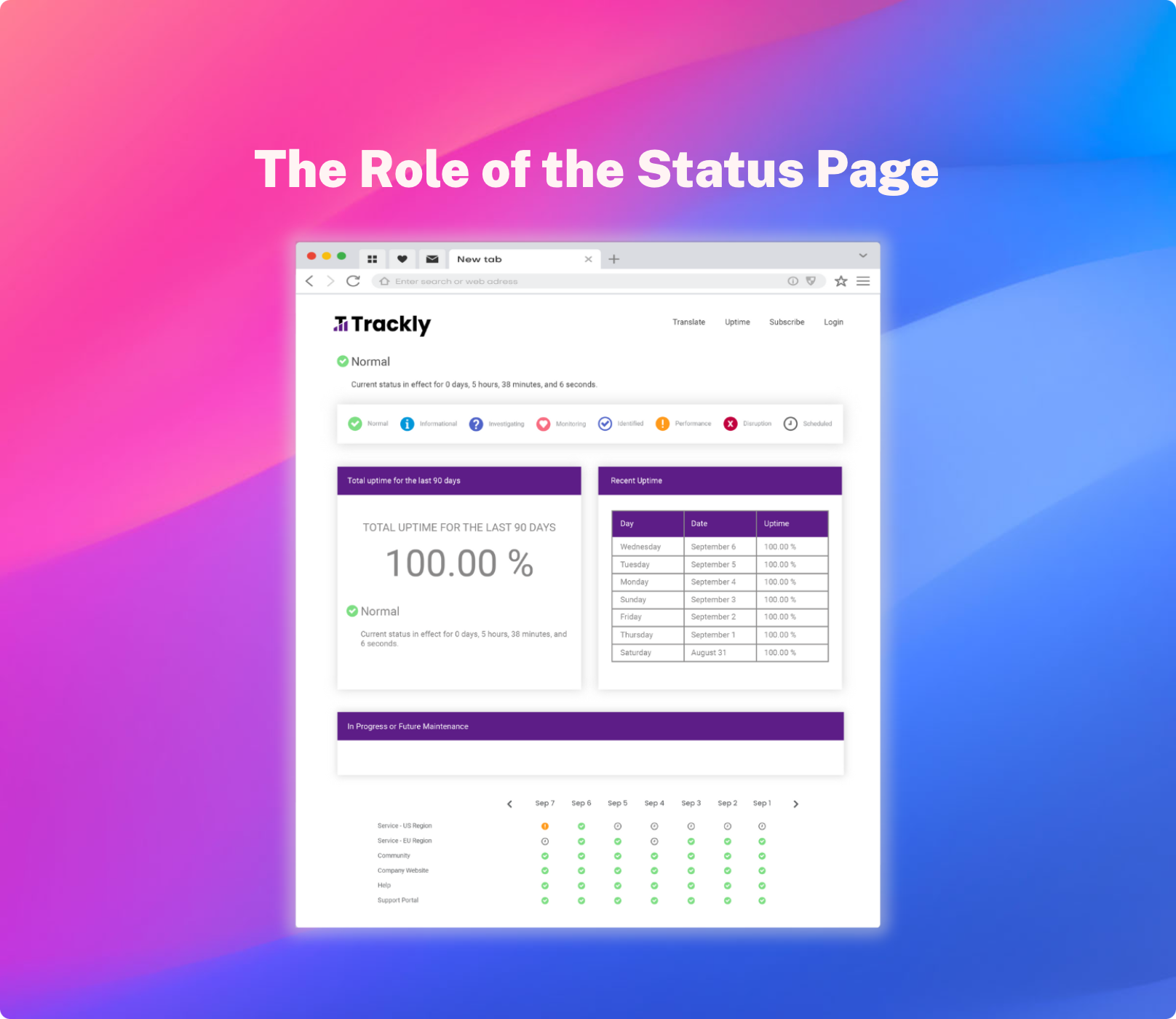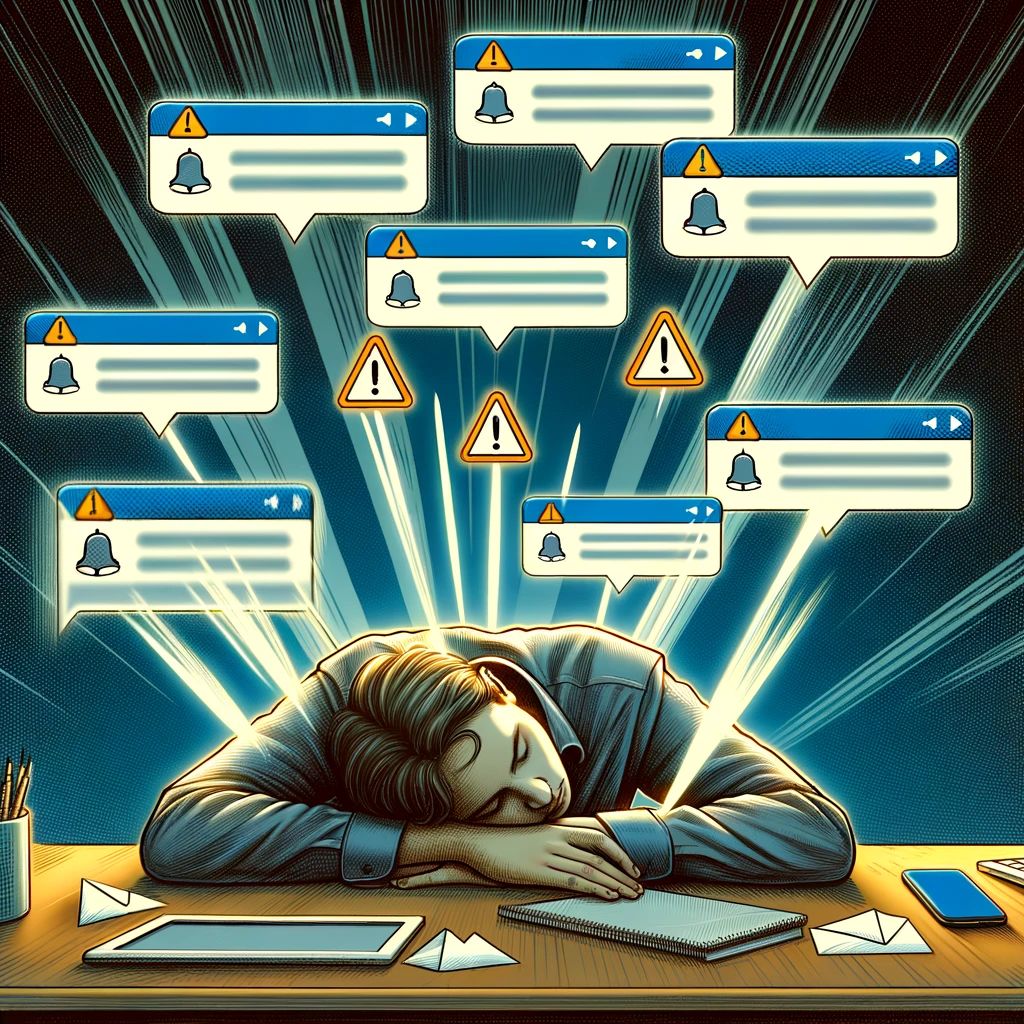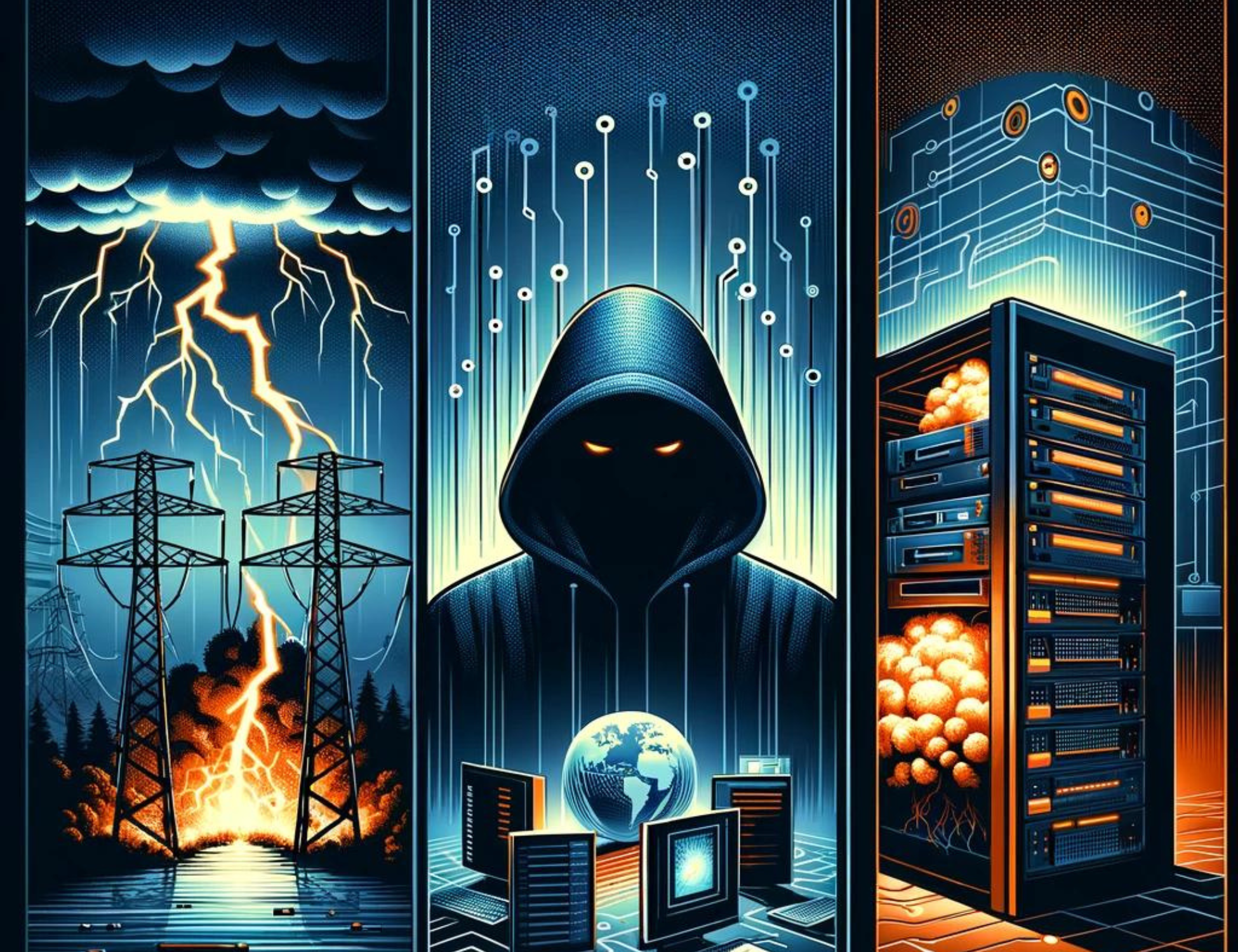Content marketing is all about adding value to your communications with customers and prospects. Value might take the form of information or entertainment or something else (you can see one example below). We’ve already talked on this blog about using a software status page to support SaaS content marketing, but uptime status alerts shed light on a B2B content marketing truth you might otherwise overlook.
Last month, Tom Kaneshige shared an article on CIO magazine about what B2B and B2C marketing teams can learn from one another. Not surprisingly, the B2B folks have really refined the production of educational content, e.g. whitepapers, commissioned research, etc. (which B2C marketers might benefit from, as consumers increasingly research and compare before buying).
More interestingly, he believes B2B folks can learn from the practiced B2C marketers in how to create inspirational or emotional content.
There’s a lot of merit to this line of thinking, but the timing of it (i.e. where in the customer journey) is important. Additionally, you have to be careful how far down the “inspirational” path you take it—going so far as Just Do It, for instance, is too disconnected from the core value your marketing needs to explicitly convey about your product.
Unless you’ve got a really transformative product (see the oft-cited Slack), you’re going to have a hard time spinning your offering as the innovative lifehack your prospects didn’t even know they needed.
That’s not to say that you should pack up shop if you’re not the next Slack- only that you should position yourself more appropriately. More on this in a moment.
Furthermore, end users are not decision-makers. Once your product is already implemented, then end-user marketing is relevant (and arguably instrumental to retention), but until the sale is made, their excitement about your product is largely secondary to the bottom-line.
So what’s a B2B marketer to do?
Uptime Status and Trust
Prior to the moment of sale, you need to focus your messaging on an ideal or set of ideals your product can help your customers achieve.
In the case of StatusCast, that’s transparency, trust and reputation. We are diligent in our marketing materials to remind prospects that uptime status isn’t just a consideration for SLA agreements but a matter of relationship-building. It’s something that impacts the bottom-line, but it’s also an idea you can get behind.
After the moment of sale, you need to begin messaging to end-users, developing the necessary relationship with them that will help make your solution “stickier” (i.e. reduce the number of reasons for decision-makers to consider alternatives).
Though it’s poor form I’ll cite StatusCast again- our product is built to help other SaaS companies communicate with their end users, so this is easier for us than most. Once a customer is live, each end-user is able to subscribe to downtime communication alerts via their respective preferred communication methods (e.g. email, tweet, SMS/text message, etc). This makes engagement easy, as end-users have self-selected the best way for you to reach them.
Additionally, our primary users are going to be IT or Marketing staff, who will use StatusCast to develop pre-made messages to provide alerts and updates on uptime status (e.g. scheduled maintenance, unplanned performance disruptions, etc.) to their end-users. In our marketing materials, we talk about how drag-and-drop easy it is to set-up a software status page with StatusCast and remind our users how beneficial it is to complete this during a period of calm rather than trying to make it all happen during a period of crisis (i.e. while your application is experiencing downtime).
In so doing, we connect the positive and negative experiences our end-users are likely to encounter and/or can easily relate to, with the ideal and non-ideal usage of our software.
What we haven’t gotten good at yet (and perhaps should) is taking this one step further and promoting the Nike-esque ideal at the end-user level. We don’t really have a slogan or motto to inspire our end-users to greatness.
A Software Status Page and Receptivity to Emotional Content
One last note about engaging end-users on an emotional rather than educational level. StatusCast again has an “in” here, as the software status page we provide is most relevant when end-users are likely to be in an emotionally-charged state (your product is unavailable or not performing the way it’s expected to).
If you can determine when and in what way your users are likely to be more receptive to emotional or experience-oriented content, you can get more mileage out of Tom Kaneshige’s content marketing advice.






